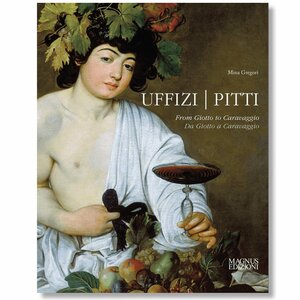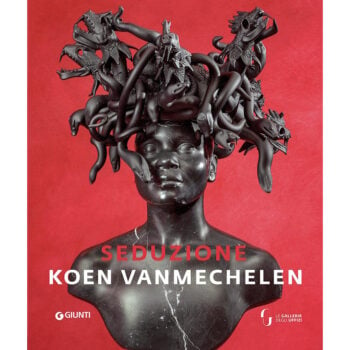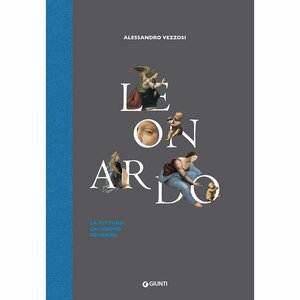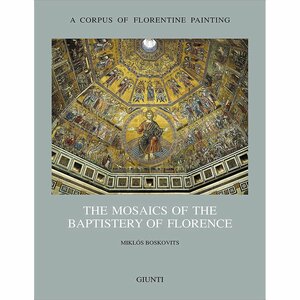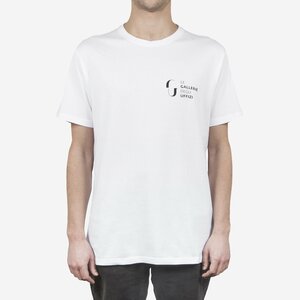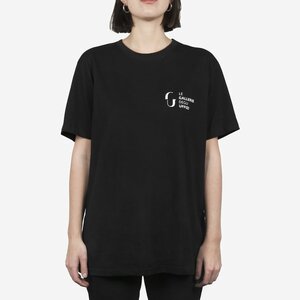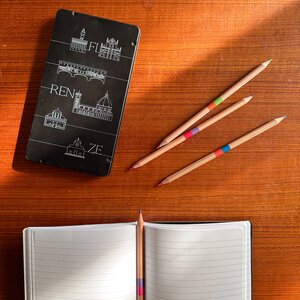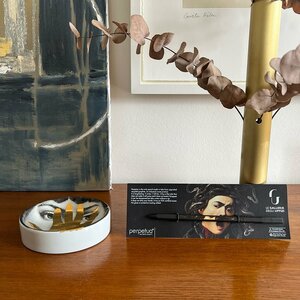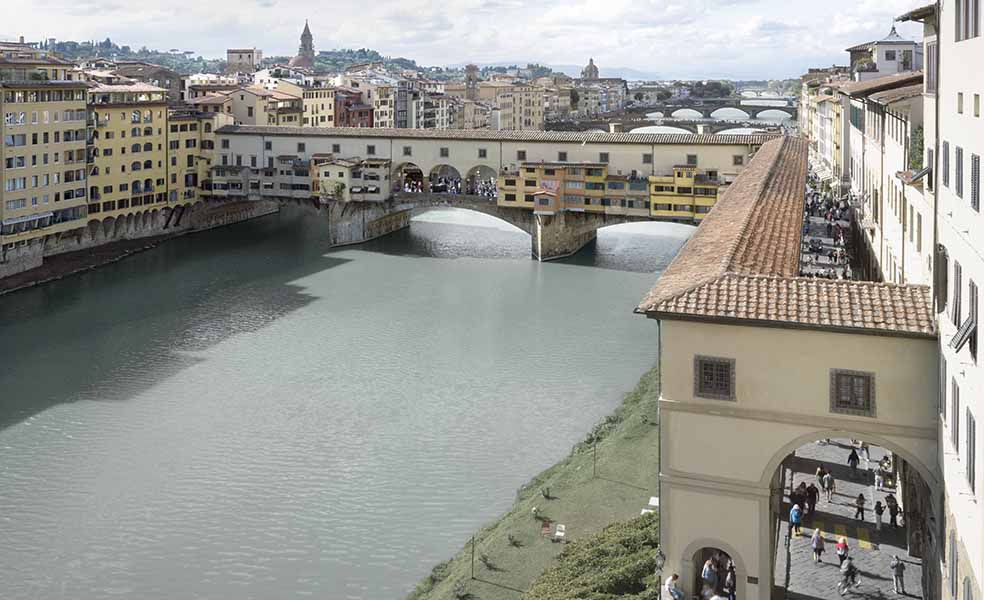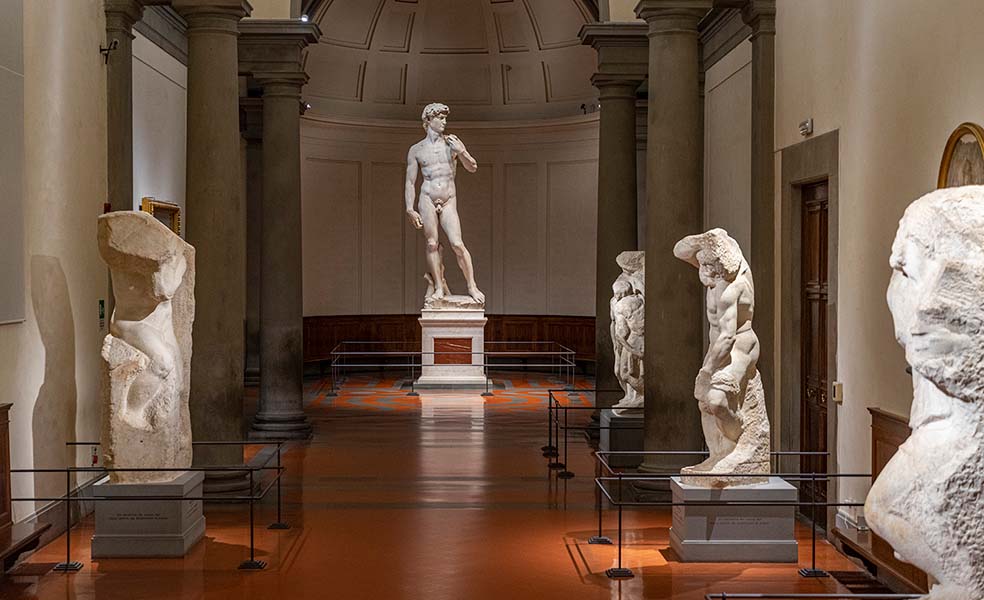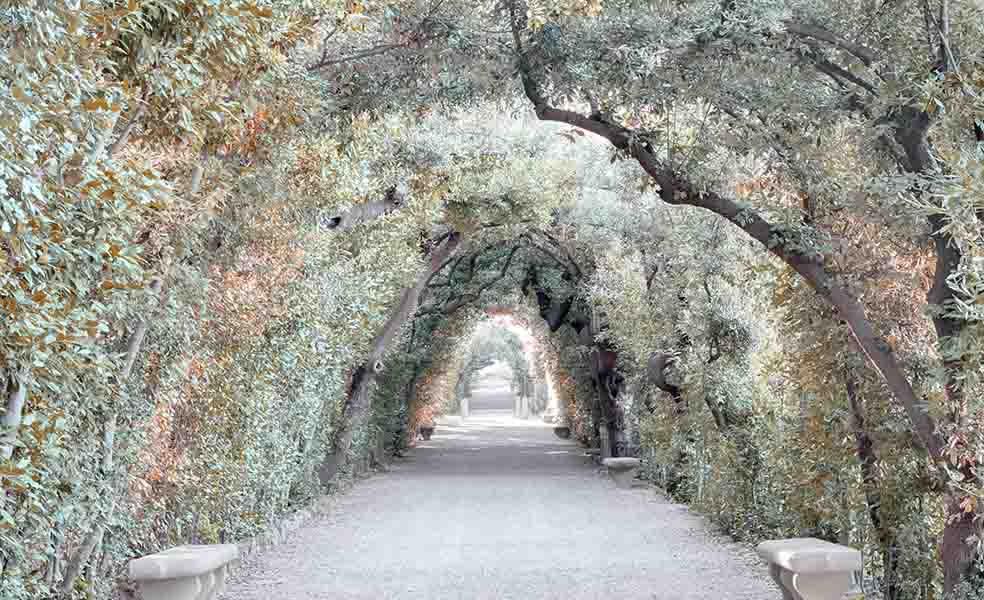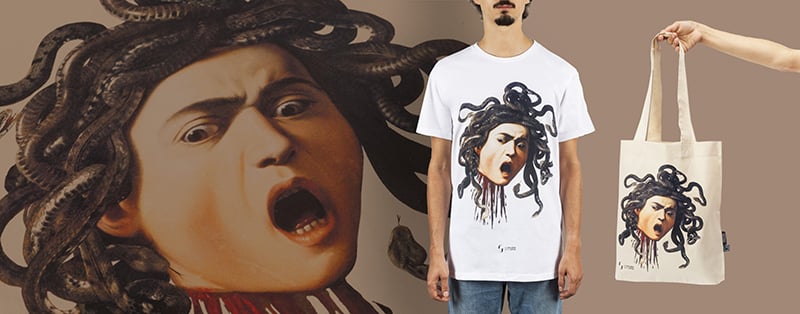Home / Museums / Palazzo Pitti / Page 5
Palazzo Pitti
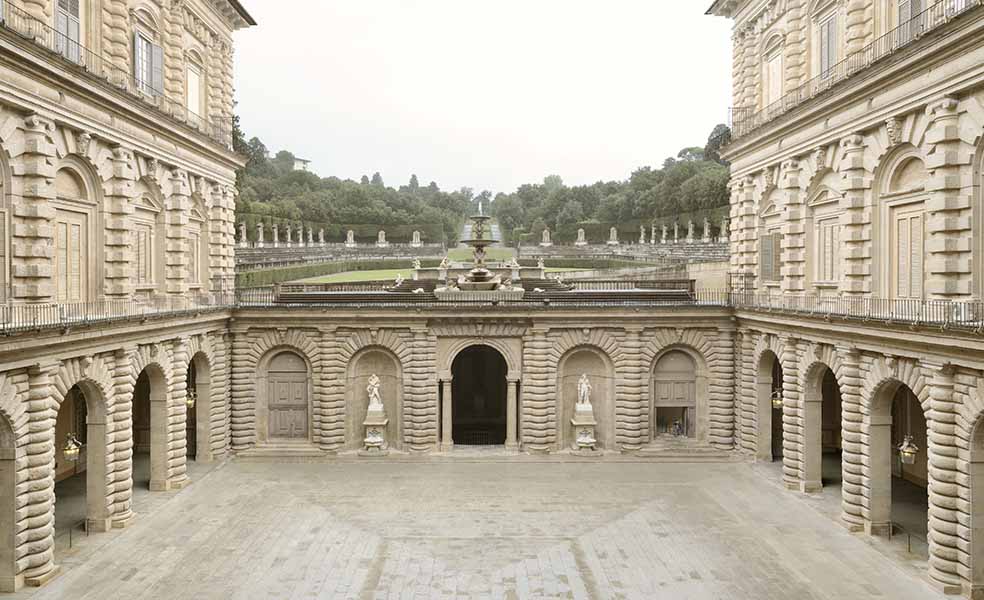
Temporary exhibitions
1925-1955 Fashion in the Spotlight. The origins of Made in Italy
From 18 June at the Museum of Costume and Fashion of Pitti Palace the exhibition promoted by the Ministry of Culture, organized and arranged by “Archivio Luce Cinecittà” in collaboration with the Uffizi Galleries.
From 18 June to 28 September 2025, the Museum of Fashion and Costume of Pitti Palace will host in four rooms “Fashion in the Spotlight 1925–1955. The origins of Made in Italy”, an exhibition promoted by the Ministry of Culture, organized and created by Archivio Luce Cinecittà in collaboration with the Uffizi Galleries and curated by Fabiana Giacomotti. The exhibition aims to reconstruct thirty fundamental years in the history of Italian fashion, before its definitive international affirmation.
Over fifty items of clothing, accessories and audiovisual and photographic contributions articulate the exhibition path, designed to tell how Italian fashion was defined – between textile innovation, aesthetic research, excellent craftsmanship and commercial strategies – well before the famous fashion show in the Sala Bianca of Pitti Palace in 1952. A narrative that develops over a time span between 1925 and 1955, intertwining little-known episodes with legendary names, so as to provide a new look at the roots of Made in Italy. At the heart of the exhibition is the extraordinary heritage of the Luce Archives, with an important core of photographs and films, many of which are unpublished. The garments and accessories on display come partly from prestigious museums (such as the Boncompagni Ludovisi Museums, Palazzo Madama) and partly from corporate or private archives.
“With this exhibition project, hosted in one of the cities that best tell the world about the exceptionality and greatness of Italian creativity and art, we intend to highlight one of its greatest expressions, fashion. The exhibition is intended as an original historical snapshot of the evolution and affirmation of a sector that has always been synonymous with vision and whose unique creations, the fruit of expert hands, have made and continue to make the flagship of Made in Italy. A national heritage whose importance is well known to the Ministry, which to support its development has implemented a broad strategy based on interventions and financial instruments aimed at increasing its value. A heritage of which the Archivio Luce preserves precious pages, which as a Ministry we have the duty not only to preserve but also to promote in order to pass it on in all its extraordinary nature to future generations”, said Senator Lucia Borgonzoni, Undersecretary of State at the Ministry of Culture.
“The materials from the Luce Archives constitute the visual and narrative heart of this exhibition”, says Cinecittà President Chiara Sbarigia. “Through films, photographs and newsreels, a mosaic of collective memory is recomposed that tells us about textile experiments, fashion shows held as early as the 1920s and the growing importance of the Italian industry in the processing of silk, viscose in the 1930s and Lanital in the 1940s. Thus emerge the innovations of the fashion industry, the links with Hollywood cinema and the crucial role of many figures – women and men – who, through clothing, have promoted an idea of a modern, creative Italy open to international dialogue. Moda in Luce makes clear how the history of Italian fashion has its roots in a complex process that the Istituto Luce – concludes President Sbarigia – has had the merit, and the responsibility, to follow step by step, recounting its ambitions, contradictions and goals.”
There are works by historic Maisons – some of which have disappeared – such as Ventura, Radice, Tortonese/La Merveilleuse, Gandini, Montorsi, Villa, Fontana, Palmer, Biki, Carosa, alongside famous names such as Maria Monaci Gallenga, Fortuny, Simonetta Visconti, and a very rare piece by the “Tessitrice dell’Isola”, Baroness Gallotti. There is no shortage of signatures that are still known today but were already active in the period: Gucci, which presents its “number one”, an evening bag from the late 1920s never exhibited, Salvatore Ferragamo with the “invisible” sandal from 1947, and Emilio Pucci, on display with the first pieces still labeled “Emilio”. The historical documentation on display is precious, with fabric catalogues, “certificates of Italianness” and rare books, which provide a complete and original picture of Italian fashion.
There are many unpublished works from the 1940s and 1950s by great directors and sound designers such as Romolo Marcellini and Roman Vlad. The exhibition also features the restored version of the documentary “Sette canne per un abiti” (Seven reeds for a dress), made in 1948 by Michelangelo Antonioni. Finally, there are many foreign fashion films that alternate with Italian ones up to the early 1940s and that allow us to trace an unpublished history of the relationship between Italian fashion and that of France and the ocean, both before and immediately after the Second World War.
The director of the Uffizi Galleries Simone Verde adds: “this exhibition allows, through a highly selected anthology of photographs and videos, not only to reconstruct an important moment in the history of fashion, but also to place the clothes in a context that brings them to life because the support of the ‘newsreels’ and the image as a documentary medium contributes like nothing else to understanding the social function of the dress beyond its aesthetic appearance”.
This exhibition represents an important cultural and rediscovery operation and restores historical dignity and visibility to a period often overlooked in official stories: “Fashion in Light” not only enriches the narrative on Made in Italy, but invites us to question the evolution of taste, visual language and the national fashion system. The installation in the rooms of the Museum of Fashion and Costume seals a story that is not limited to celebration, but that intends to leave a critical and lasting mark on the understanding of Italy’s creative heritage.
“The genesis of Italian fashion reflects the history of the country. It is a narrative told by many voices and in different centers: Venice, where the first collective fashion show of Italian and French fashion was held in 1926, almost at the same time as Milan, and then Turin, where the Ente Nazionale della Moda was founded in 1935. After the Second World War and until the formation of a first national “fashion system” thanks to the project of Giovanni Battista Giorgini and the affirmation of the myth of the Sala Bianca, for five years Italian cities fought to conquer the primacy in a rapidly expanding sector. This exhibition, which presents for the first time a reasoned selection of the immense film, photographic and documentary heritage of the Luce Institute, partly unpublished, as well as fifty garments and accessories from legendary and largely disappeared fashion houses, intends to tell the evolution of Italian style in the thirty years in which its critical and historical conscience was formed, its pride of belonging was consolidated, its textile industry and its supply chain were tested and built, according to a model that remained unique in the world, says Fabiana Giacomotti, curator of the exhibition.
Also, a catalog published by Silvana Editoriale enriches the exhibition.
Visit information
- Open to the public: June 18 – September 28, 2025
- Admission included in museum ticket
Tuesday to Sunday, 08:15 am to 6:30 pm.
Last admission 5:30 pm.
Every Monday; 1 January; 25 December.
2 hours
Temporary exhibitions included in the ticket price
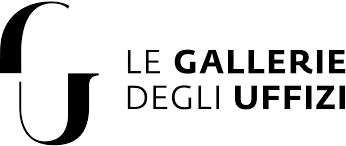
Collections
Inside the museum:








Books and guides
-
-
Books and guides
Seduzione. Koen Vanmechelen
-
-
Merchandise
Related museums
From €12,00
The birth of the Gallery dates back to 1784, when the Grand Duke of Tuscany Pietro Leopoldo reorganised the ancient Accademia delle Arti del Disegno, founded in 1563 by Cosimo I de’ Medici, into the modern Accademia di Belle Arti. The new institution was to house a collection of ancient and modern paintings and sculptures in order to facilitate knowledge and study for the Academy’s young students.
Average visit time:
1-2 hours


